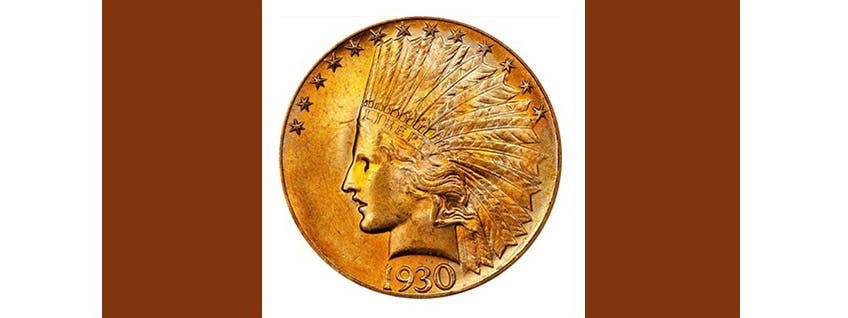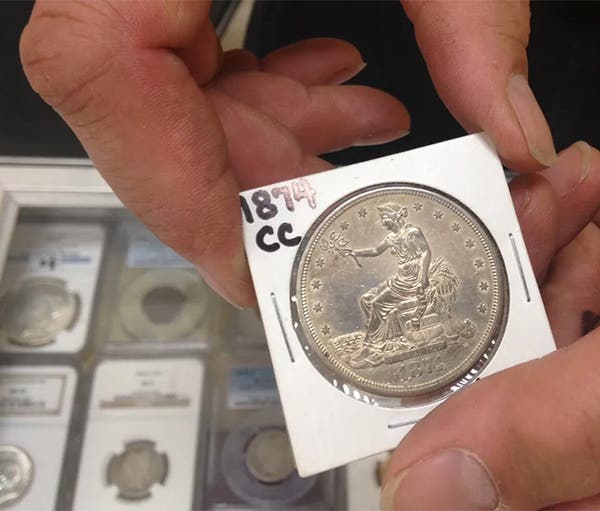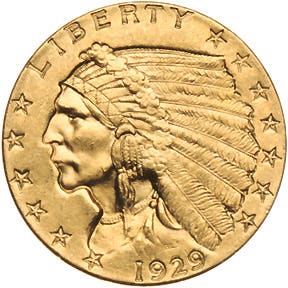Why Do ‘Original Holders’ Matter?
I’ve noticed several dealers advertising coins for sale certified by third-party services as being housed in “original” holders. Can you explain why this matters? It is the opinion of some…
I’ve noticed several dealers advertising coins for sale certified by third-party services as being housed in “original” holders. Can you explain why this matters?
It is the opinion of some dealers and collectors that the accuracy of the grading offered by third-party certification services was better when the services were first initiated than what is their current opinion of coins currently being graded. By advertising that a coin is in an older holder, sometimes referred to as a “rattler,” the dealers hope to get a better price for these coins.
Is there a way to ensure consistency in the grading of coins by third-party certification services?
Coins are authenticated and graded by people, not by machines. If it were possible to use a machine to grade coins, it would be more likely to ensure consistency. Such technology has been explored, but at the time this answer was being written no one has tried to use such technology for grading purposes.
How can I tell the difference between a weakly struck and lightly circulated coin?
Worn dies, spacing of the dies or insufficient striking pressure are the three main culprits for the lack of design detail in what collectors call weakly struck coins. Another problem is that the harder the metal composition of the planchet, the more difficult it becomes to accomplish a good strike. According to Professional Coin Grading Service, “… even on the weakly struck coin the luster and color are even over the whole coin. There are no ‘flat’ spots, but the areas missing detail are still rounded and lustrous.”
Is a late die state coin more or less valuable than a coin on which the die has not begun to deteriorate?
The value of such a coin is inconsistent and determined by the individual buying or selling the coin. There are some interesting and sometimes attractive varieties caused by a coin having been struck from a deteriorating die; however, some “purists” want a problem-free coin.
I understand coin doubling can occur due to deterioration of the die. Can you explain this further?
Doubling caused by die deterioration rather than due to hub doubling passed on to a working die appears to look more as strike doubling. This doubling is more likely to appear at the date and mintmark. When this doubling appears at the bust, it will appear as a second but weak bust due to metal flow from several directions.








